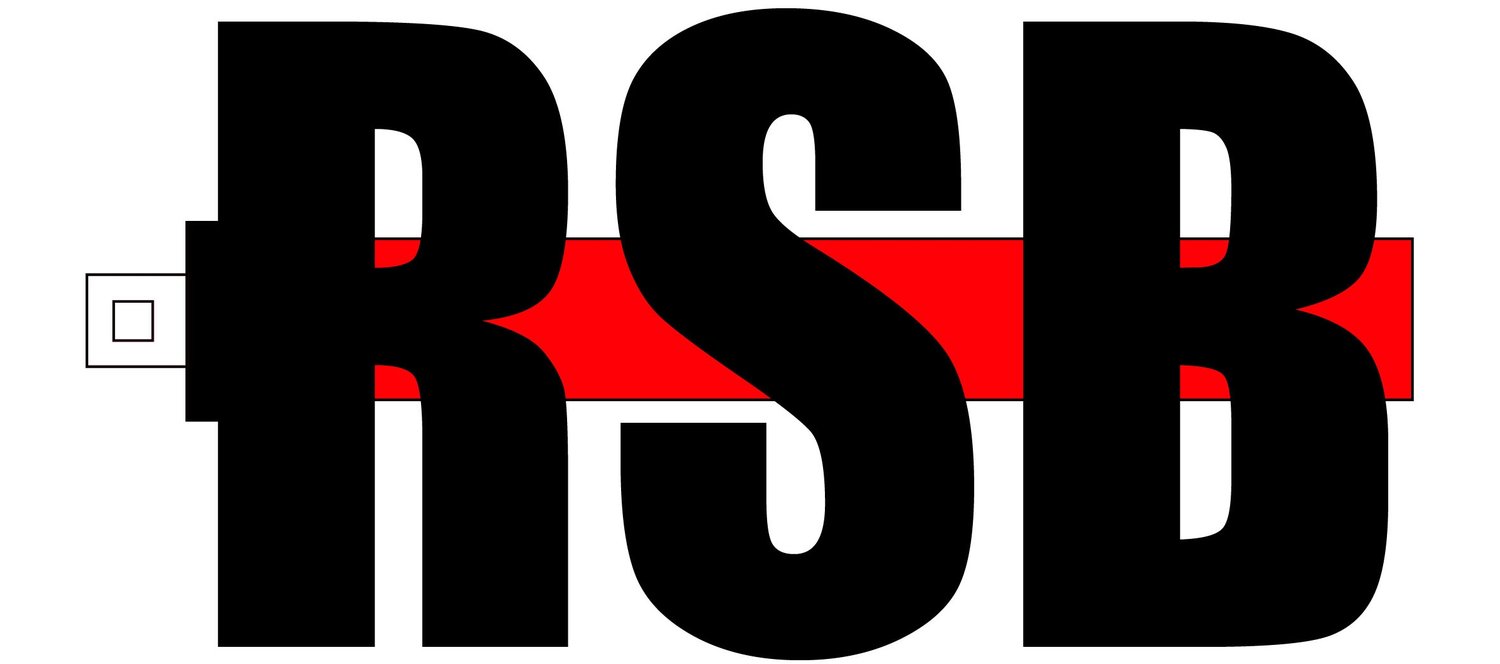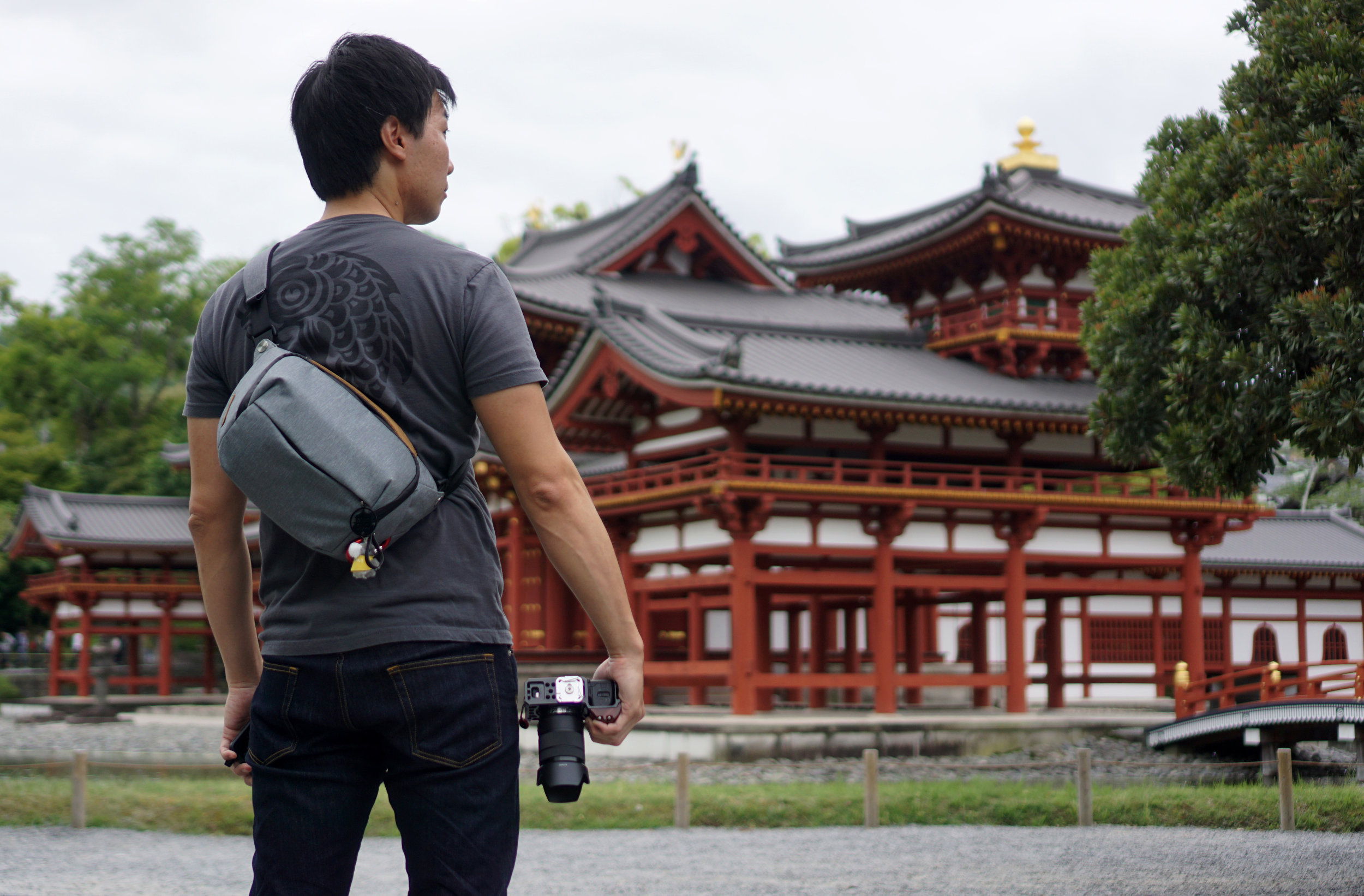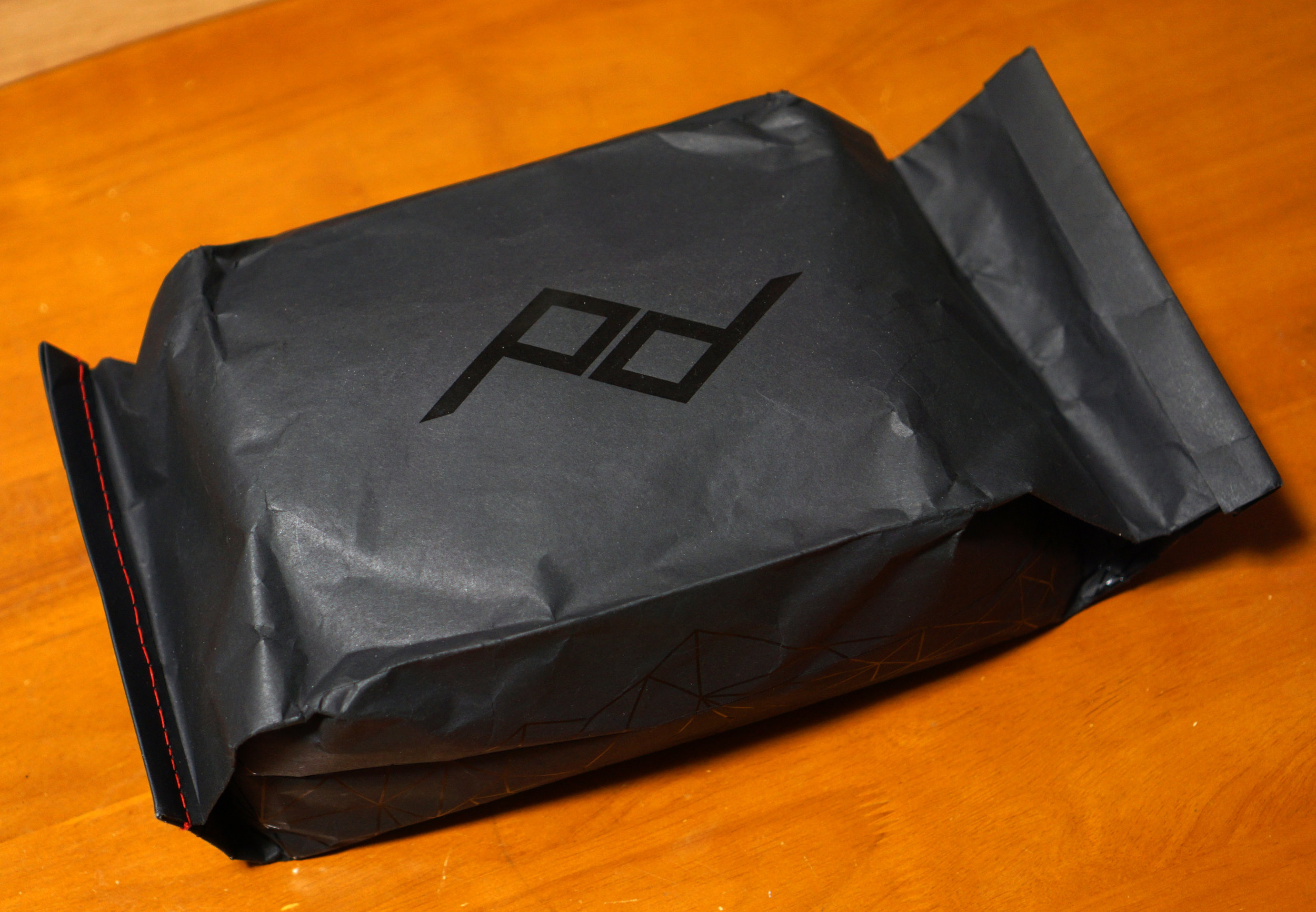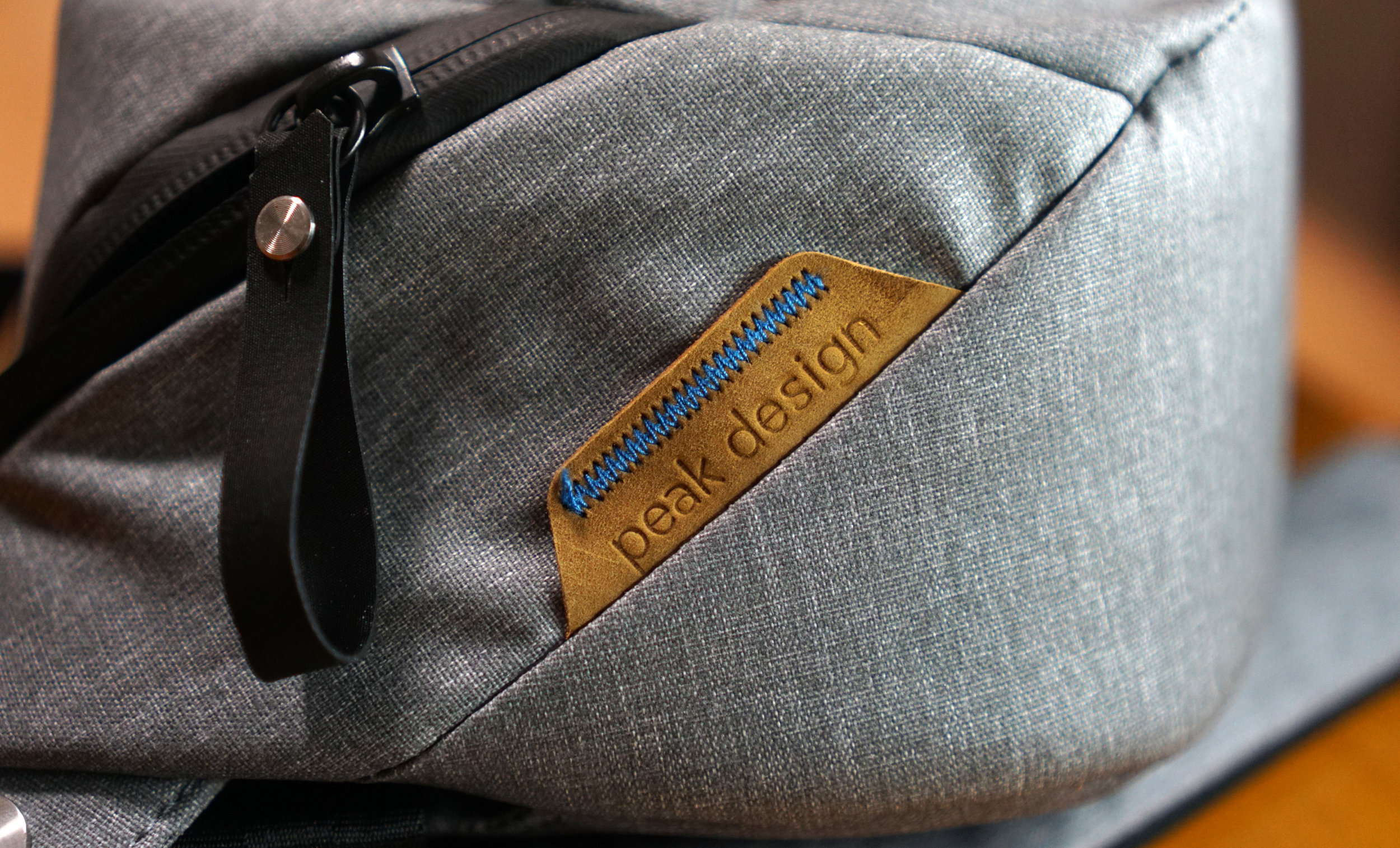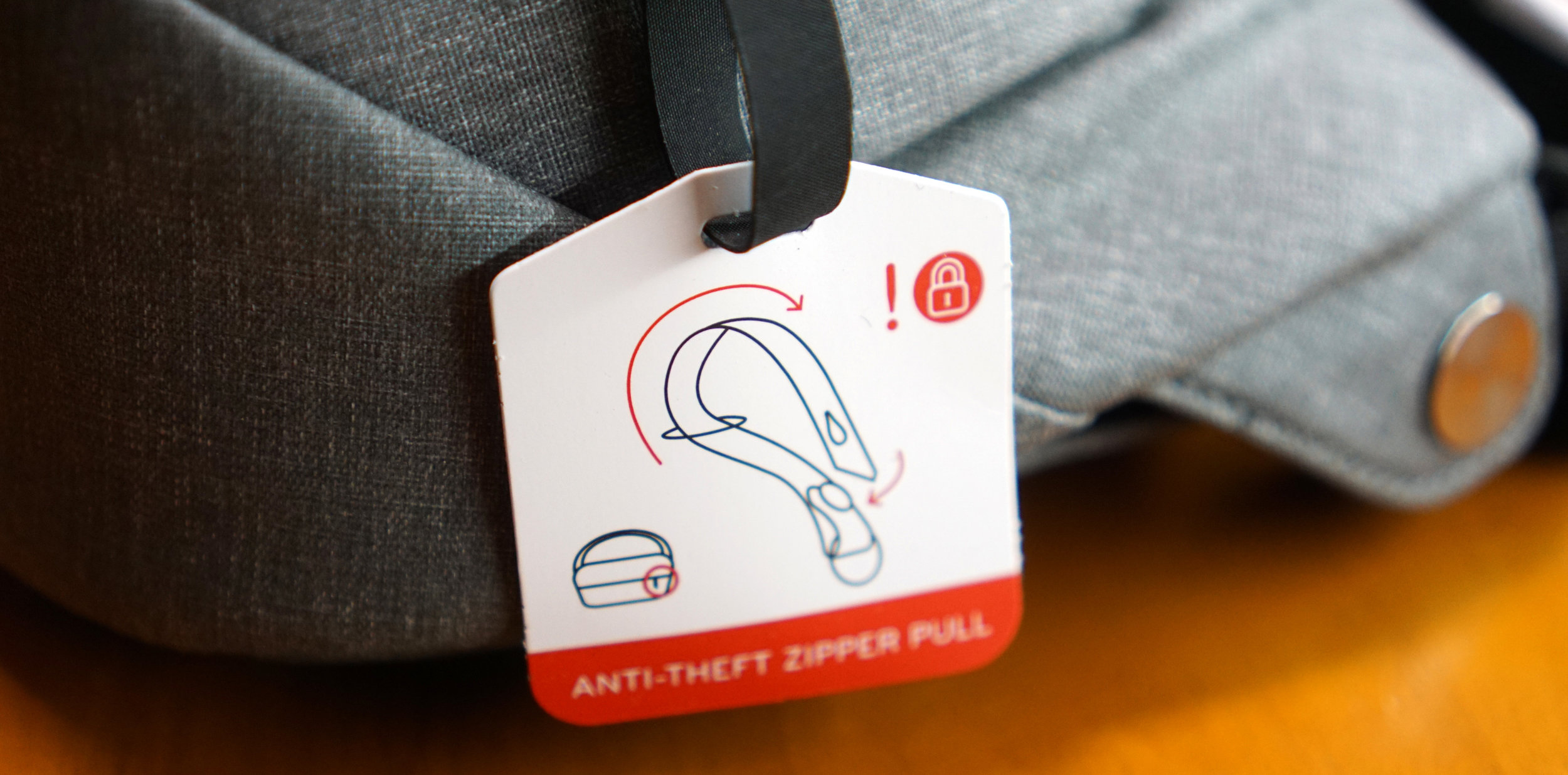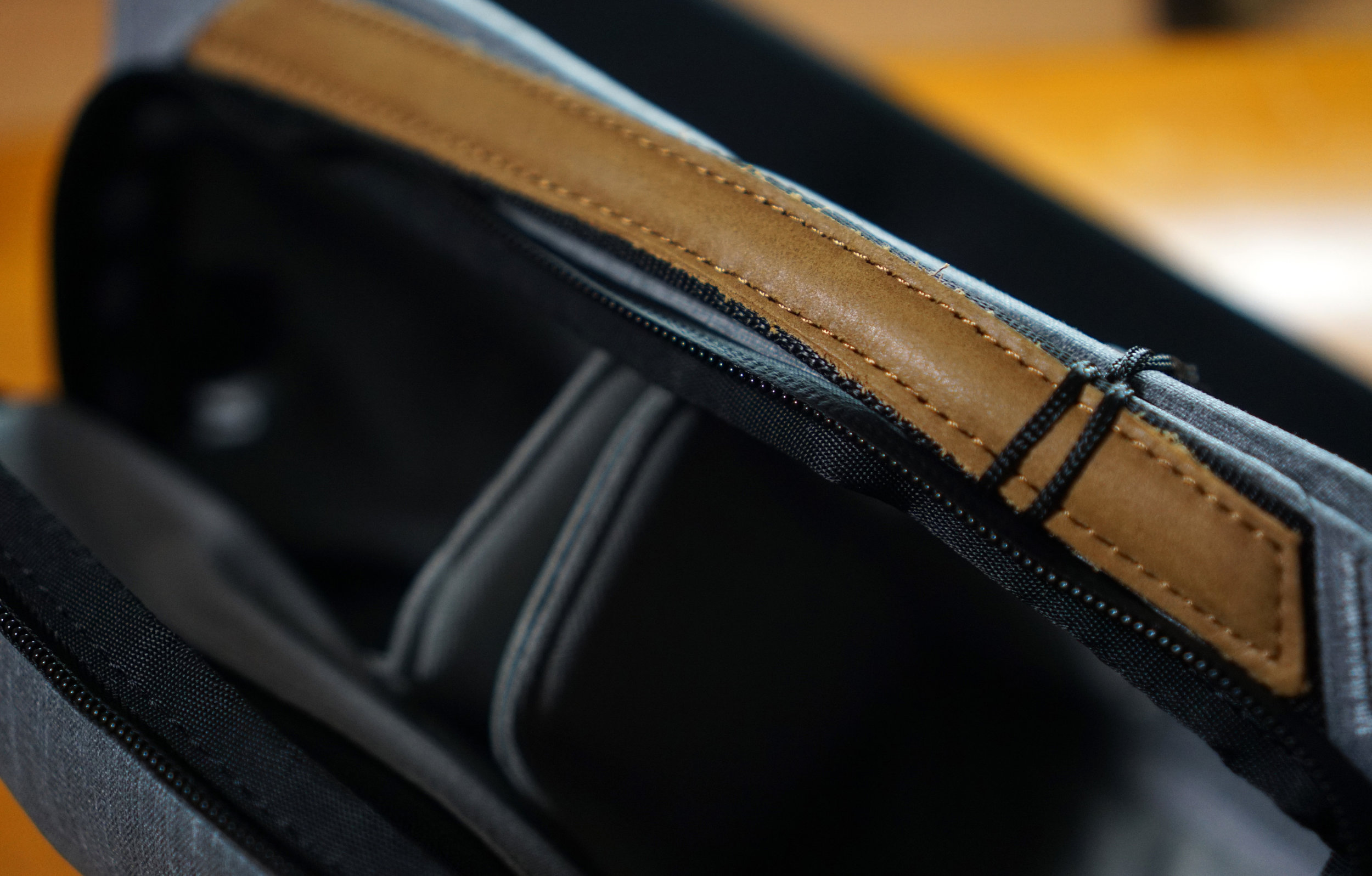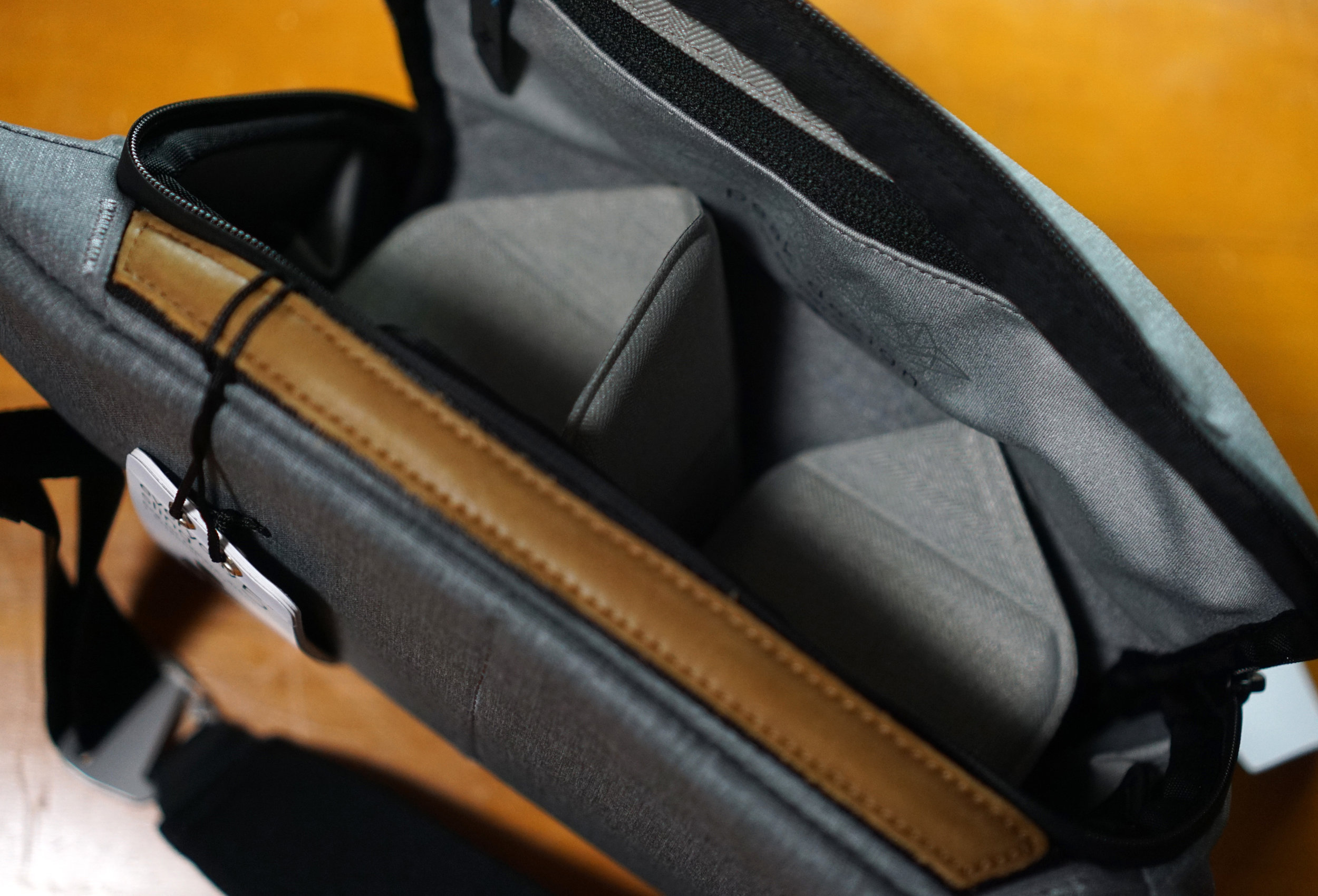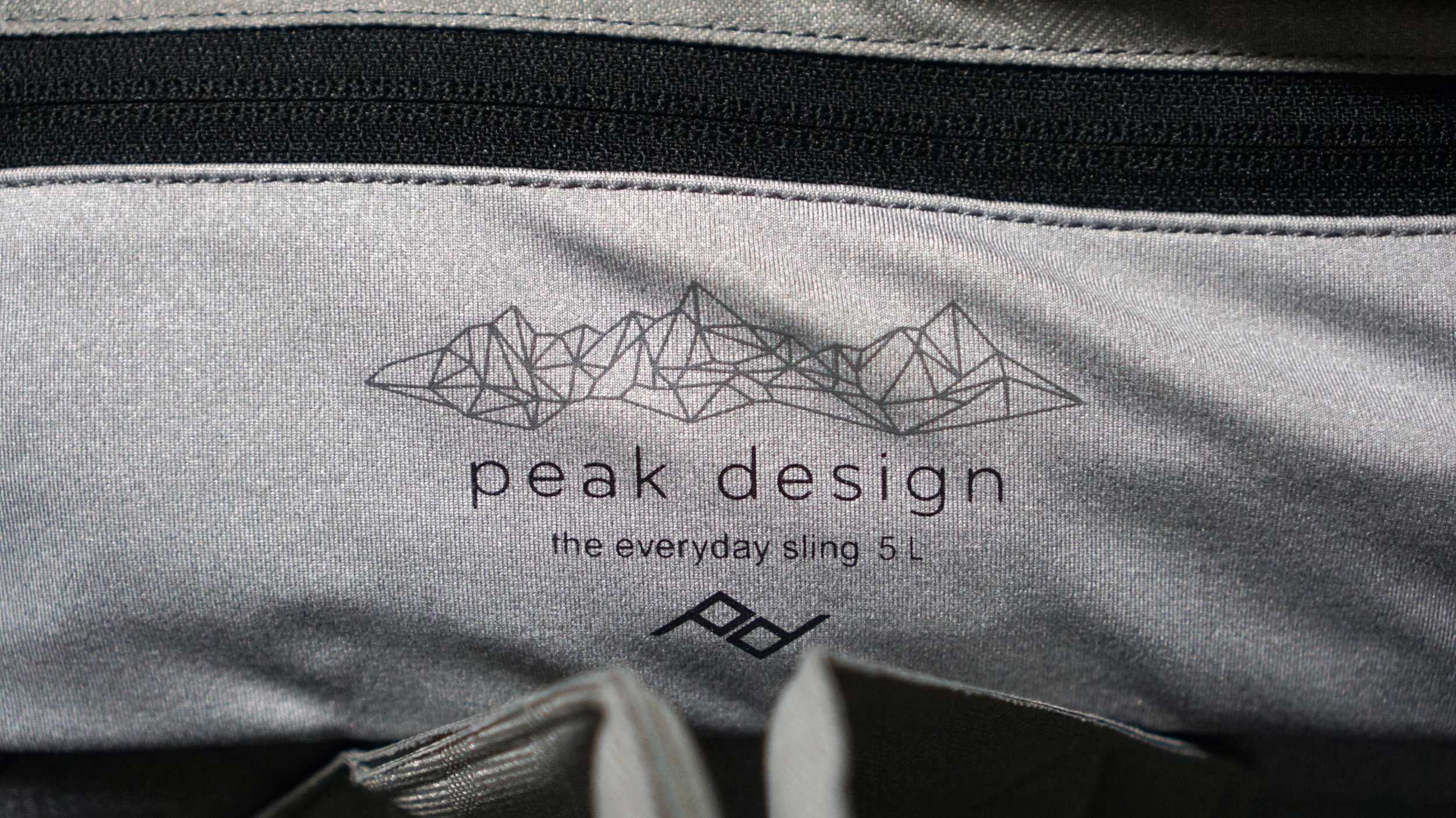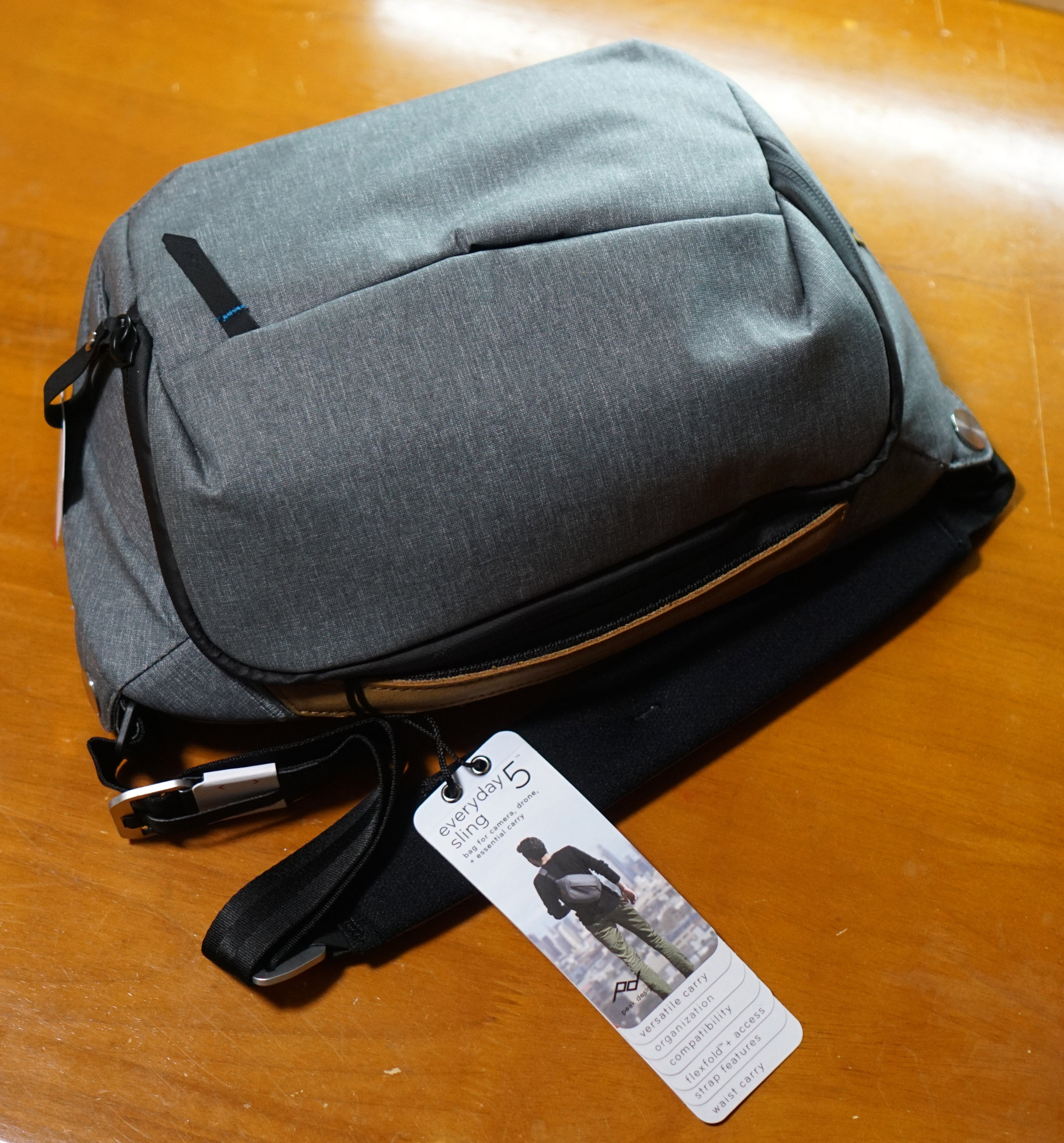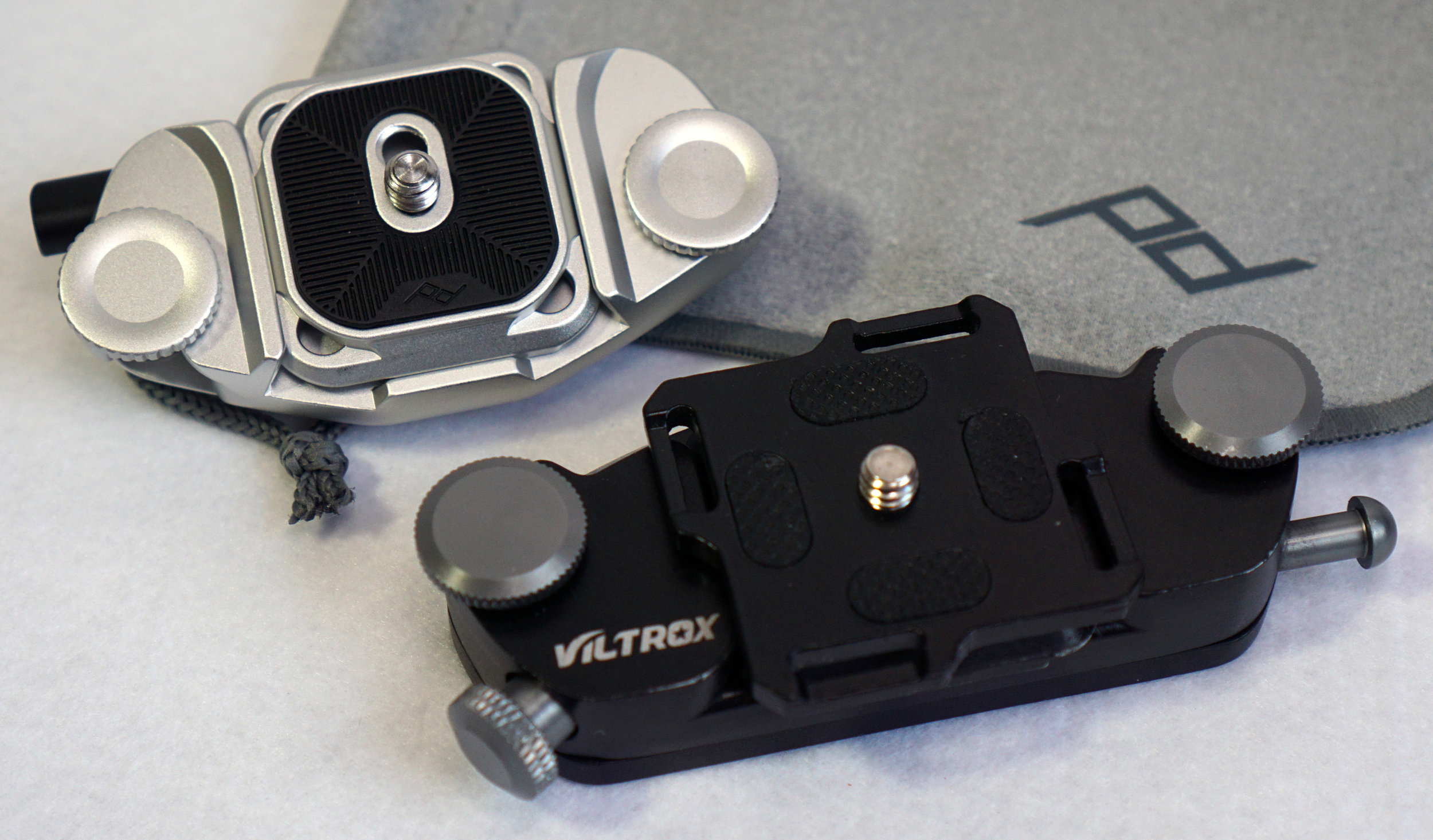[ Photography ] Peak Design Everyday Sling 5L Review
For the past couple of years, I’ve been using two variants of the venerable shoulder bag… a “man bag” or “murse,” as my friends call it. While they may mock it, frankly, it’s a bit of a necessity traveling around Japan. There are quite a few daily necessities that are hard to leave home without. Let’s have a laugh and check out what I carry with me into the city:
Wallet, coin purse (Japan is still a generally cash-based society and they use coins for 500¥ / $5 USD and less), literally a dozen or more point cards that every darn shop has, sunglasses, handkerchief (for those lovely, humid summer days), hand sanitizer or wipes (many toilets lack soap), lip balm, battery bank and associated cables, earbuds, and maybe a small umbrella (for rainy days)...
Having picked up a “daily carry” camera, I wanted to incorporate it into my daily bag, so I won’t miss any great shots. With that, I needed to also add to my bag: Sony A6000, 2 lenses, and 1-2 extra batteries. Altogether, it is quite a lot to shoulder around, not to mention an organizational challenge.
For awhile, I was using backpacks which frankly are the most optimal choice, as they distribute the load over two shoulders and make carrying extra things like jackets or purchased goods much easier. However, there are days when I spend only a handful of hours somewhere and carrying a backpack is unnecessary. I also like the fact that a shoulder bag makes access much quicker and easier.
There were a few things I wanted out of a new bag: water resistance, some padding or protection, pockets or dividers, close-to-the-body strap (ie. not a messenger-style), a water bottle or umbrella pocket, and, of course, the ability to hold all my aforementioned stuff. And it has to look good!
Review
So I after falling in love with the Peak Design Capture Clip, my hunt for the best shoulder bag led me to the Peak Design Everyday Carry 5L in the sleek Ash Gray color. I liked the fact that it checked off almost all of my criteria: is not too large or small, is water resistant, has plenty of pockets and adjustable dividers, has some ability to protect against casual theft, and is decently padded to protect my camera gear. Sounds good, right?
Let’s get this out of the way: this shoulder bag and glorified fanny pack is $100 USD. It is not “cheap” by any measure, but “value” is different than “cheap.” With all the design features packed into the bag, I think it is offered at a fair value. Using a rare PD coupon, it was much cheaper for me to order directly from their website than Amazon.co.jp or other local retailers, coming out to about $105 shipped to Japan. It arrived about a week later from their shipping center in Hong Kong.
Packaging
Normally, this would be a ridiculous thing to mention along with those unnecessary “unboxing” videos, but this is an exception. PD really has some great designers putting thoughtfulness even into their packaging, which looks really slick and opens up rather cleverly.
Materials and Construction
Immediately, you can see the rather substantial build quality of the pack immediately. The stitching is tight and even, although the blue accent stitching has a bit of leftover thread that shouldn’t unravel, but only time will tell about that. The 400D water-resistant nylon surface of the pack is smooth, thick, and has a great, substantial feel. The water-sealed zippers pull assuredly, but require some solid “tugging” at the corners to overcome the bends, but this is a worthwhile trade off for weather resistance. The seatbelt-like material used for the shoulder / belt strap is very smooth and should most definitely outlast the rest of the bag. Overall, I have only positive things to say about the materials used.
Exterior Design
Speaking of the exterior, there is only one outer front pocket besides the main compartment. This keeps the design clean, but limits some useability, as a rear flat pocket for a passport or electronic pass card would be nice to have.
The zipper pulls are also “lockable” because they can tie into each other via a loop and button, preventing casual theft in urban areas. Not really a problem for me in Japan, but is a clever idea for traveling around many other major cities.
The shoulder strap has a relatively quick slide buckle arrangement that allows for on-the-fly adjustment to have the bag tighter or looser around the body and also for varying thicker garments. The best thing about the shoulder strap are the two stainless swivels that allow the strap to rotate and have more freedom of angles. This aids greatly in comfort and body angles. It can also be converted to a hip / waist pack as mentioned, but I will most certainly never use this unless it suddenly comes back in vogue.
The final notable outer design element is this loop on the right side of the bag that allows the mounting of a Peak Design Capture Clip for external camera mounting. I think this is a clever feature for additional convenience, but my clip is currently mounted to my backpack.
Good looking? You can be the judge, but I think it looks absolutely great. It has a smart, modern aesthetic that doesn’t look bulky or dated and likely will still look good in a decade or two; simple designs always endure the test of time. I also love their Ash Grey color with the small leather accent for the logo and the carry handle, as it can go with almost any look, casual or business.
Interior Organization
There are a lot more storage options inside the pack than outside. The main compartment is reasonably cavernous with all the dividers removed at about 5L of storage according to PD. To the back of the pocket is a large, magnetically-sealed flat pocket designed for an iPad Mini, but I put my USB power bank there. Directly to the sides of the main compartment are two stretchy side pockets which are tall enough to accommodate business cards and stretch for thicker items. The inside “door” has one zipper running the length with four smaller pockets inside. These also stretchy pockets are the perfect size for my Sony A6000/A6300 NP-FW50 batteries.
What sets this bag apart from other similar shoulder bags are the two included “origami-inspired” foldable and movable dividers. These dividers split the main compartment, but each cleverly fold for half-tall items, creating an additional “shelf.” I use the dividers to separate my A6000 camera with a 35mm prime lens, my spare 16-55mm short lens, and my wallet and coin purse in three distinct areas. Fully loaded, it can even accommodate an A6300, A6000, kit lens, 4 batteries, and still have a bit of extra room!
One thing I wish they added was some solution to hold a water bottle, small umbrella, or Gorilla Pod without compromising the interior space for the camera, as I often have use for one or the other. Some bags do this by way of an admittedly ugly stretch pocket or by two external lashing straps. The PD Everyday Carry 10L does this, but sadly not the 5L. Compromises had to be made, I suppose.
Comfort
The single sling strap offers a small, wider, slightly padded portion. This could be… or should be… a bit thicker and/or wider for long-term comfort. It would more useful as both a shoulder bag as well as a waist pack to those who use it that way. A fully-loaded bag does weigh quite a bit, especially with a camera with two lenses. Some of the discomfort is offset by the clever sliding buckle on the strap that allows for on-the-fly adjustability, allowing the bag to be tight around the body instead of flopping around. This keeps it close, which is important for urban environments like crowded trains.
With this sliding buckle system though, the bag is not fully designed for off-side (over left shoulder) use, as the padded area is only on one side and the the sliding buckle is on the other part of the strap. I do use it occasionally on the opposite shoulder and it seems fine for short jaunts.
Negatives
For the price-point, they could probably have made this in America. While I appreciate the unique design and quality materials that go into the product, I think it wouldn’t have been too difficult to at least have the labor done stateside, if not the materials. To be fair, they do offer a lifetime guarantee, so I can rest assured that the product will hold up or be fixed should anything go wrong.
The metal articulated loops also had obvious fingerprints upon receipt in the glossed finish, which required surprisingly a lot of rubbing to get off, even though the bag was sealed, new-in-package. This is probably not a common issue, however.
Conclusion
I am a huge fan of Peak Design and every one of their products I own and want to purchase are well-designed, incorporating a ton of smart features and a modern aesthetic, with a price point to match. This Everyday Sling 5L is right along with their rest of their product line. While it is far from a perfect solution, in most ways it does what I expect from a quality bag and it looks great doing it. Even though it is a glorified fanny pack.
